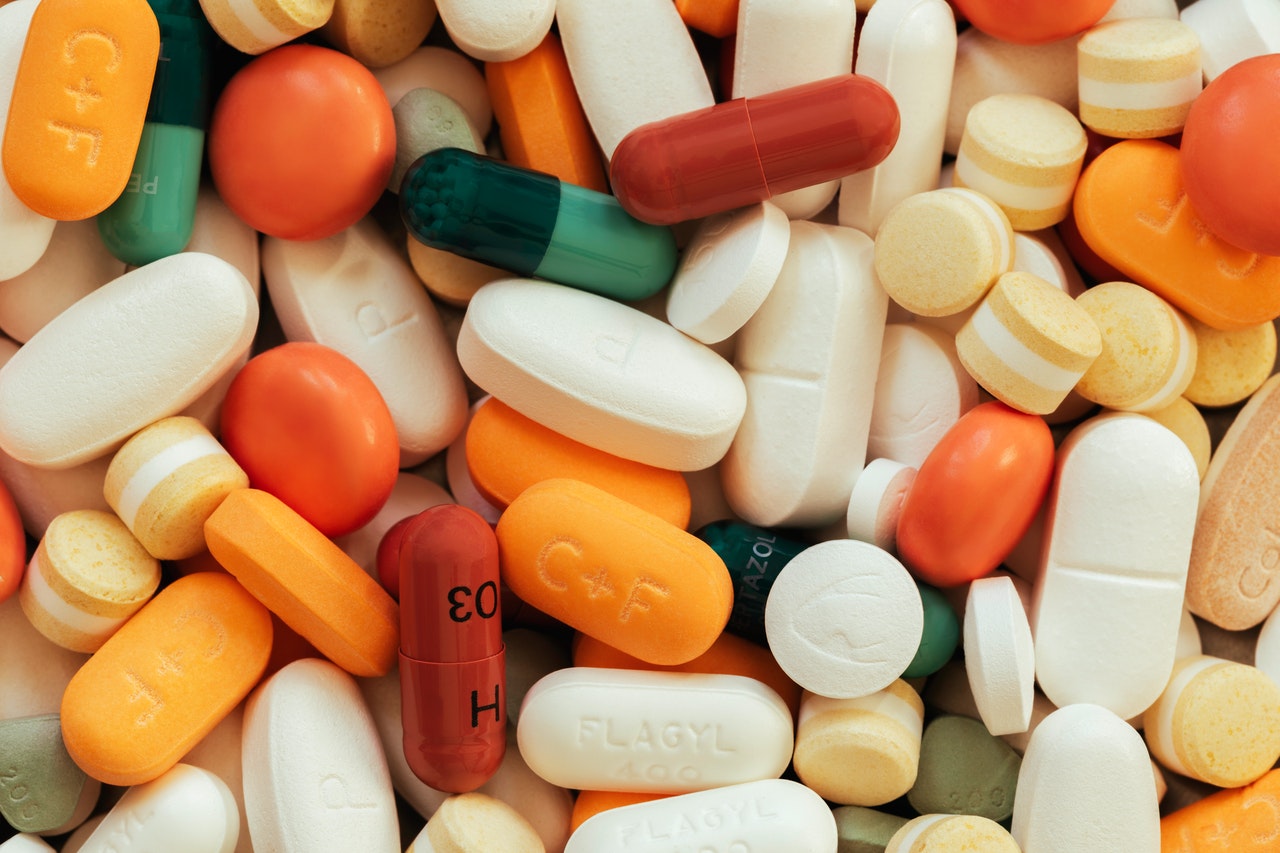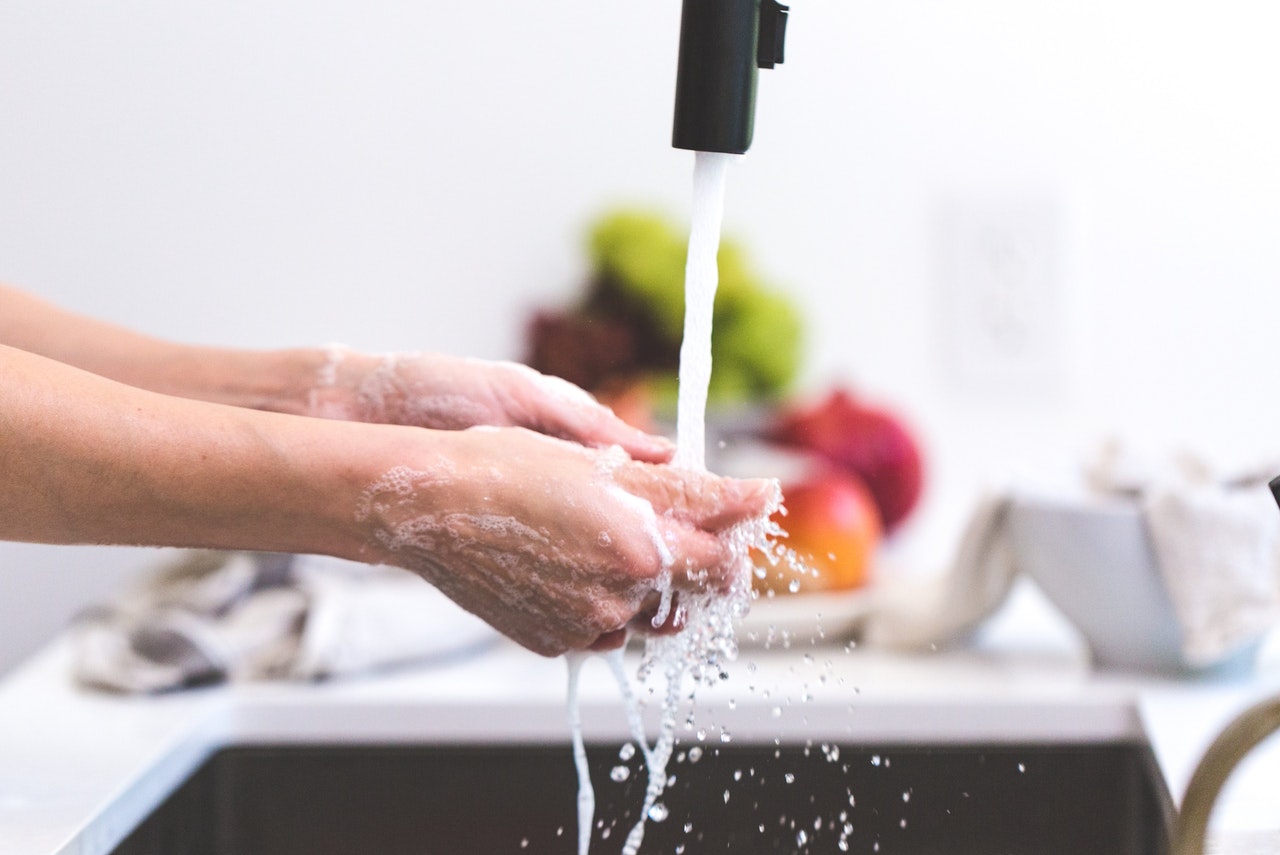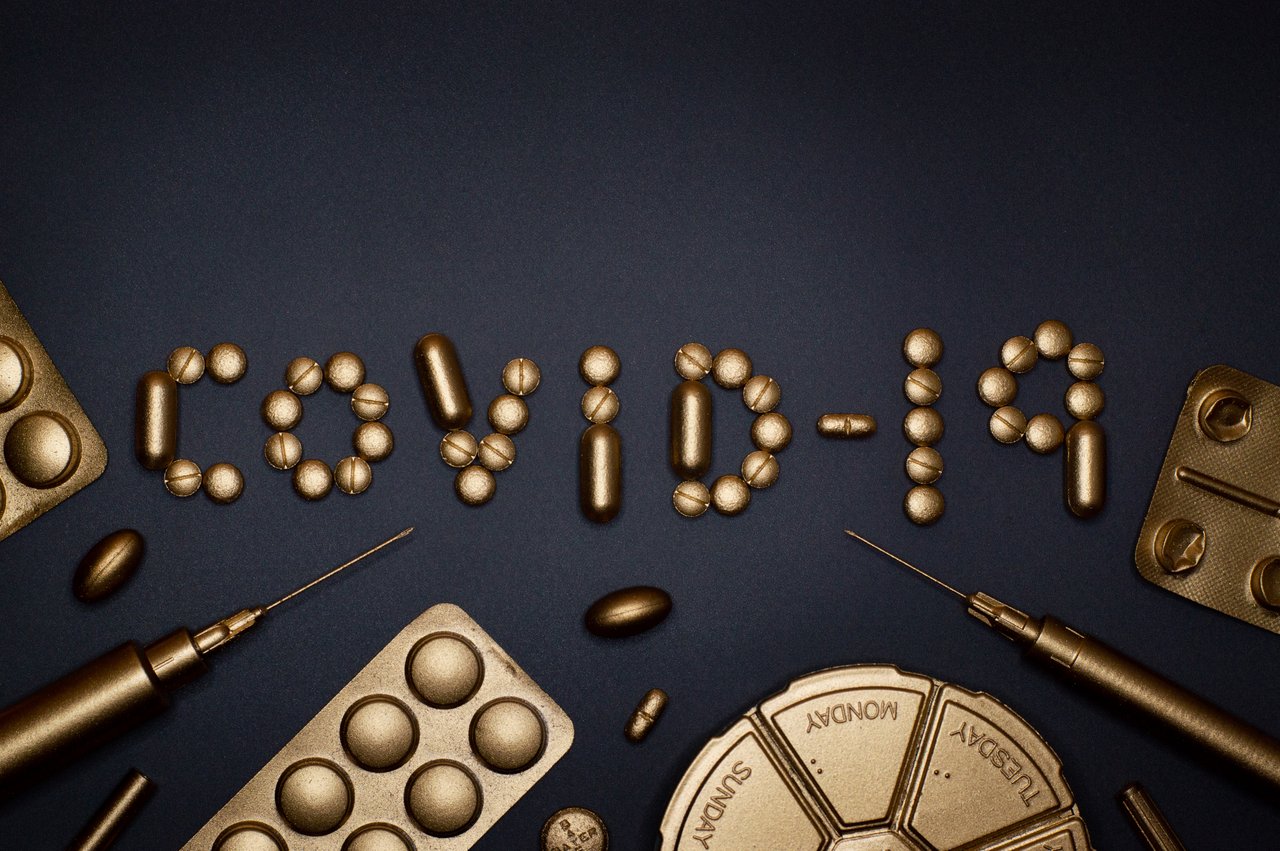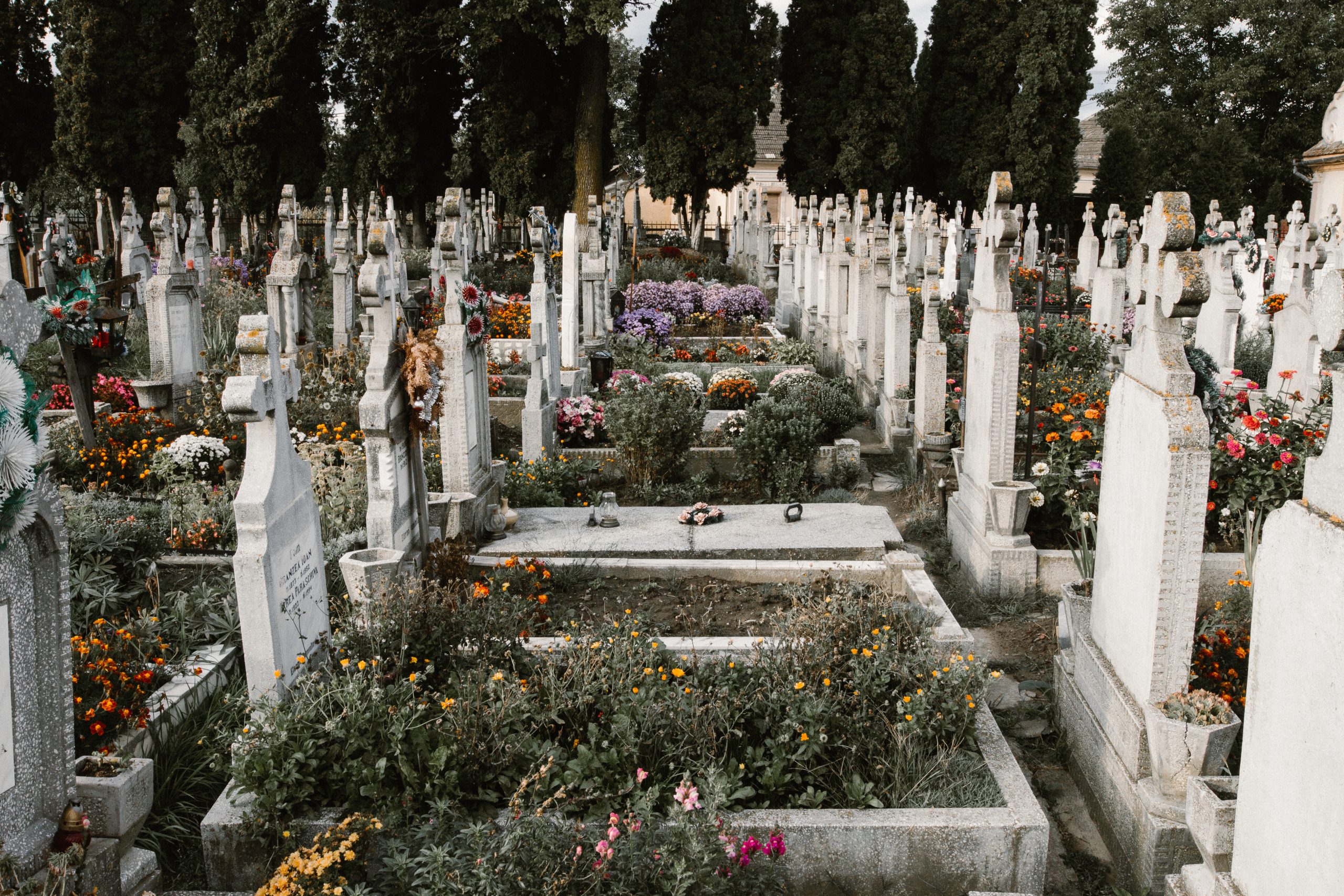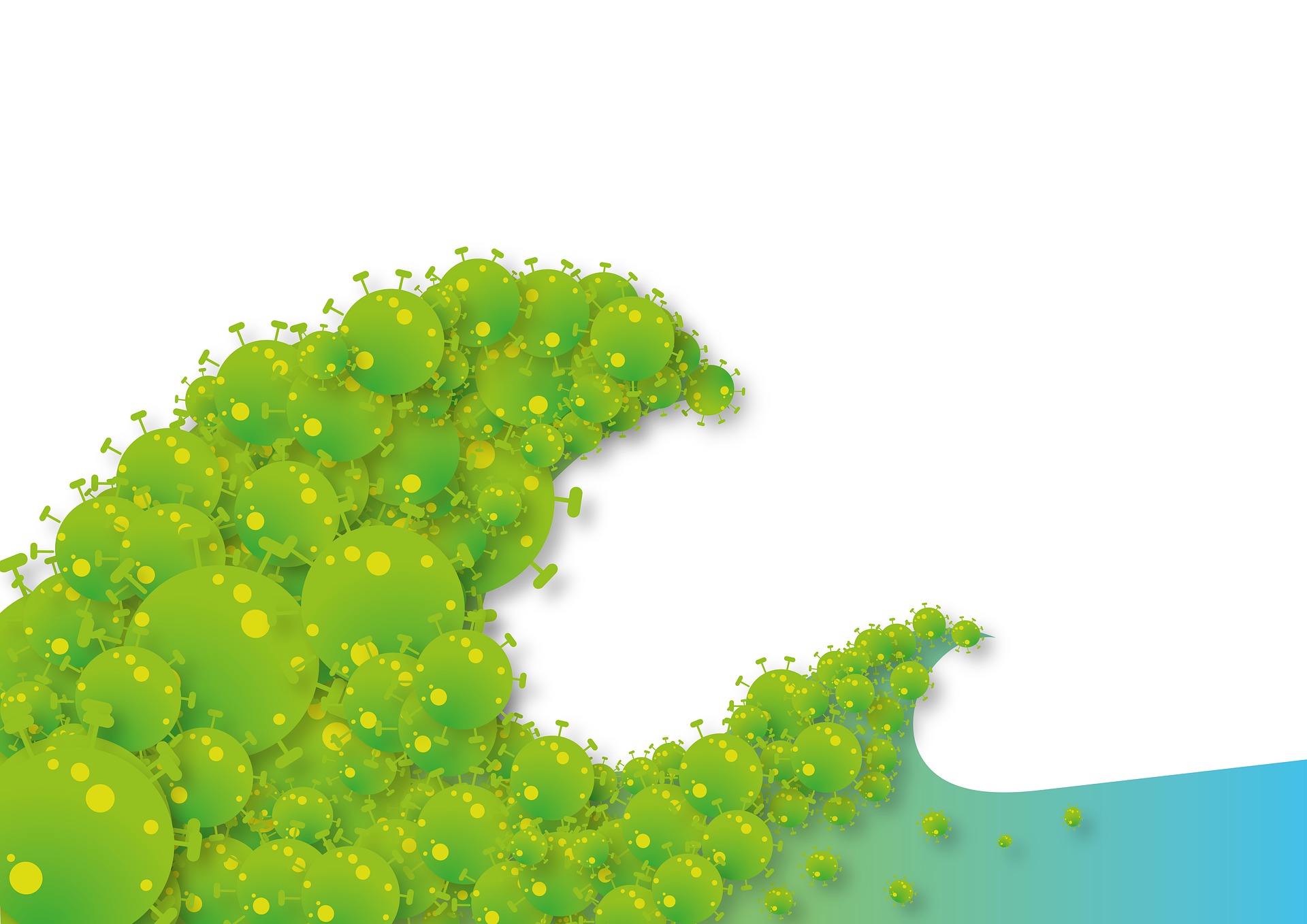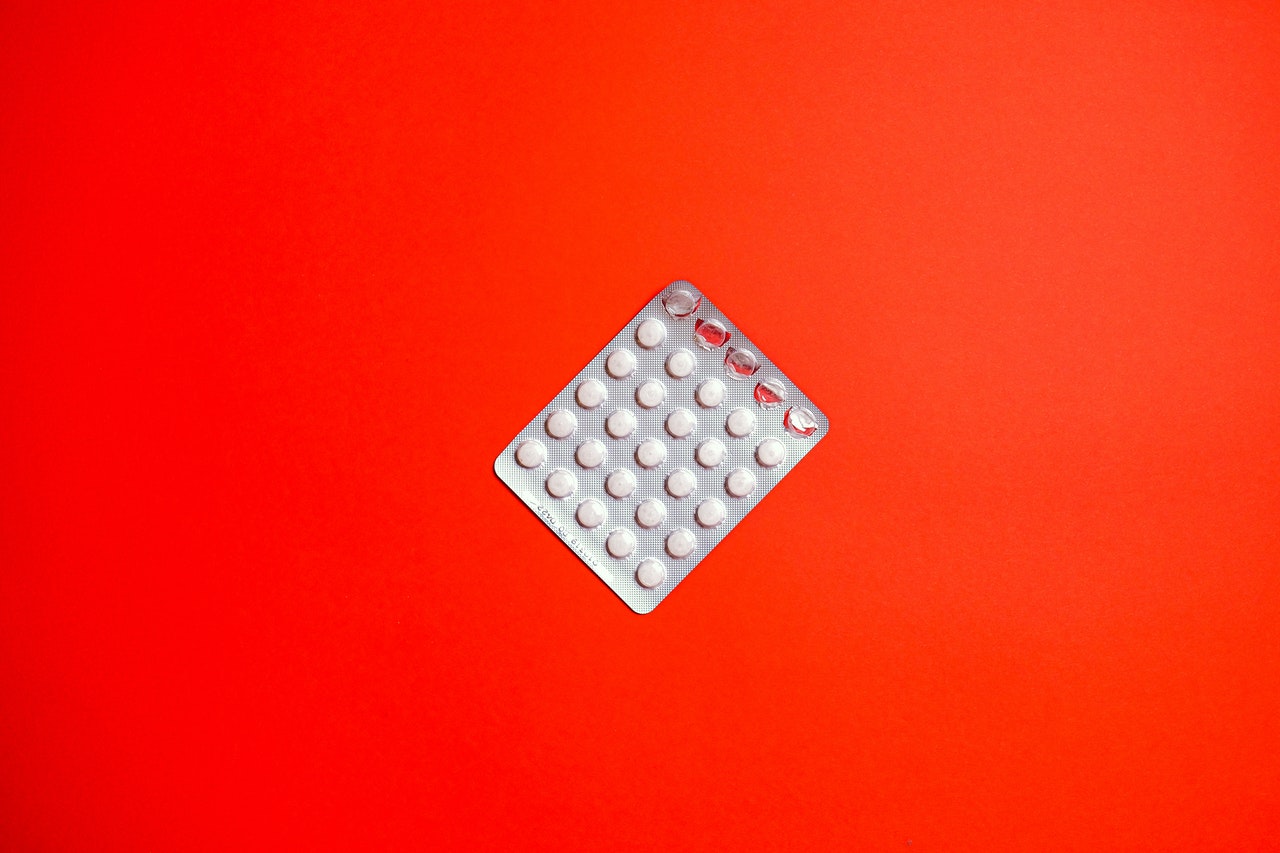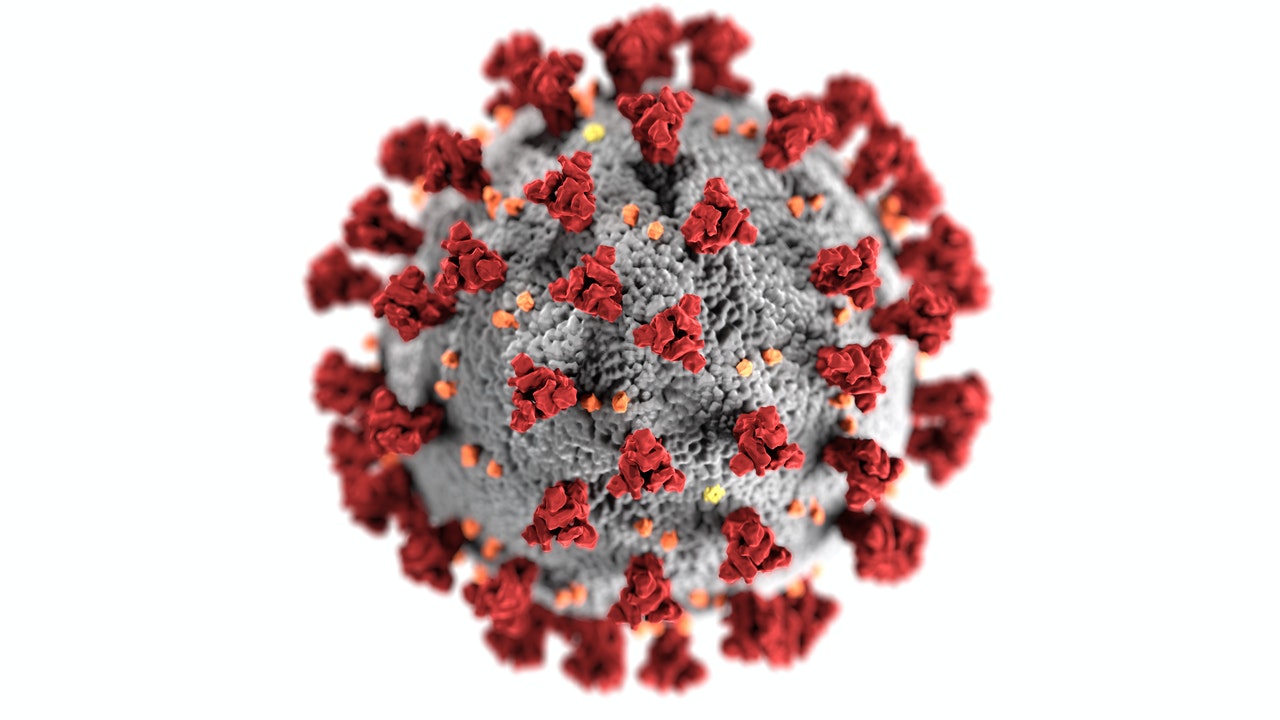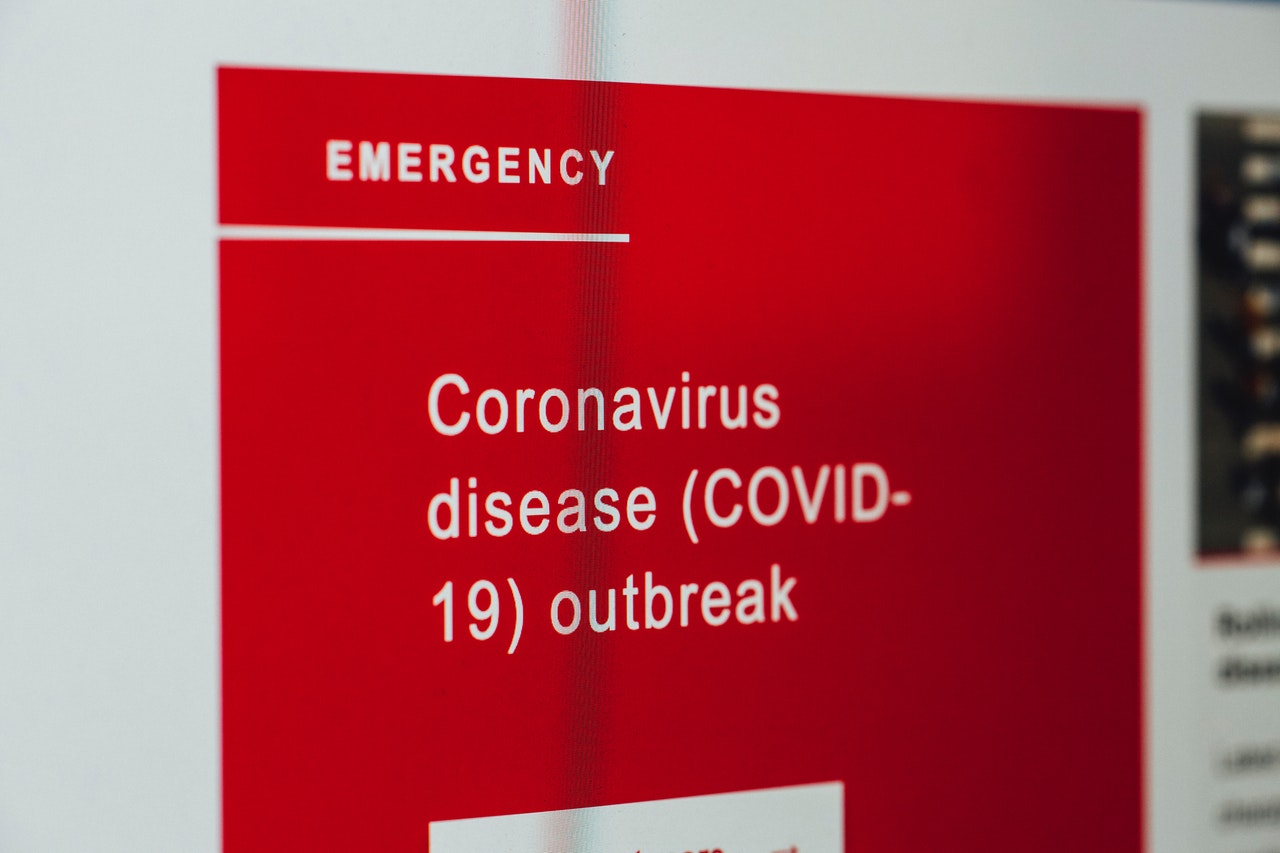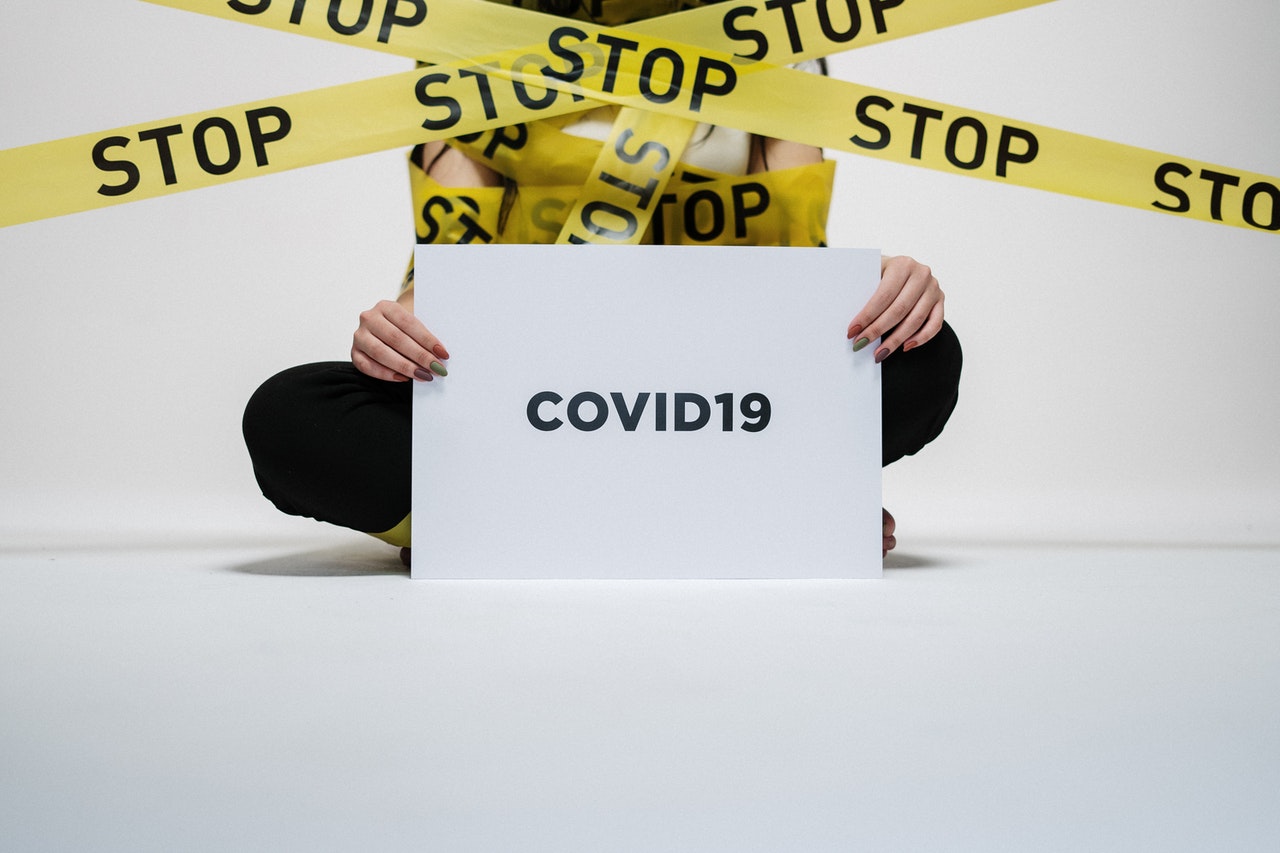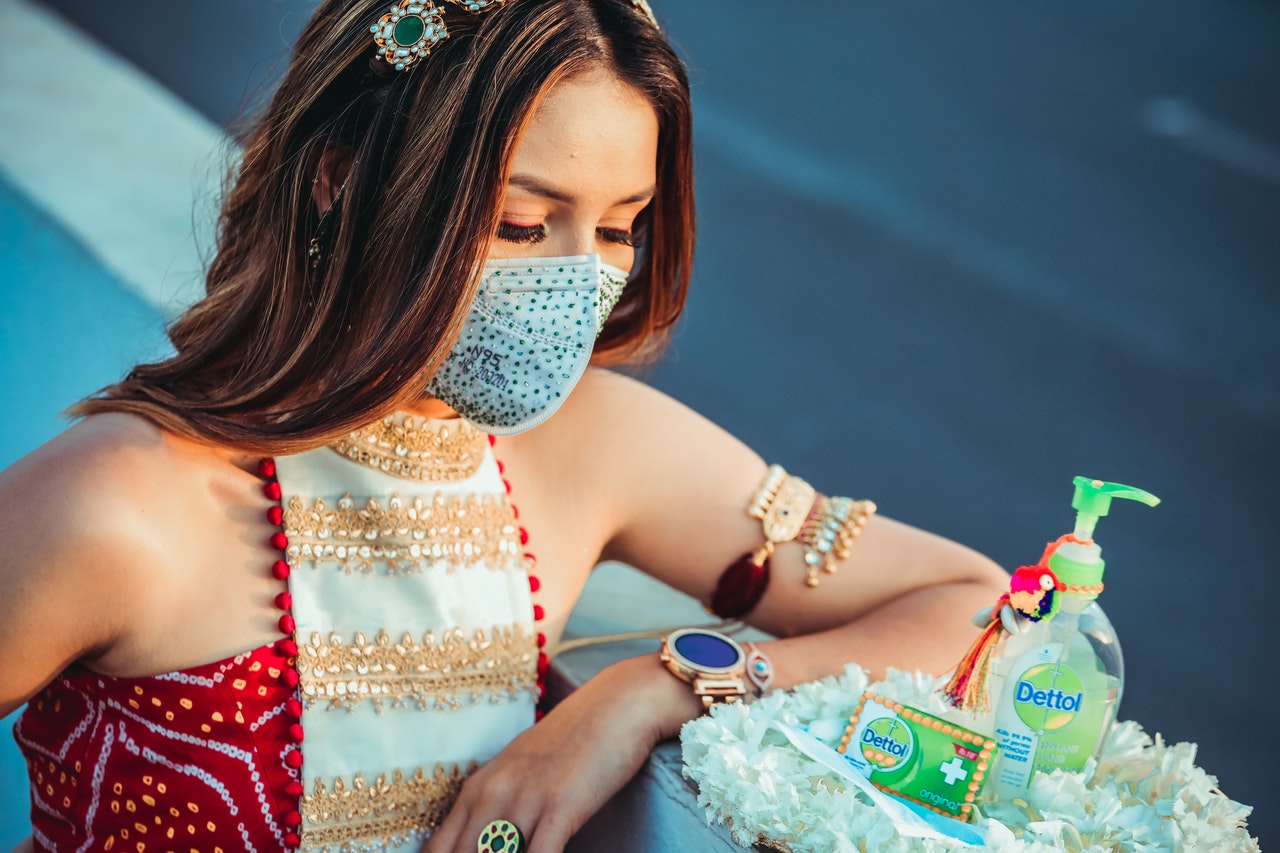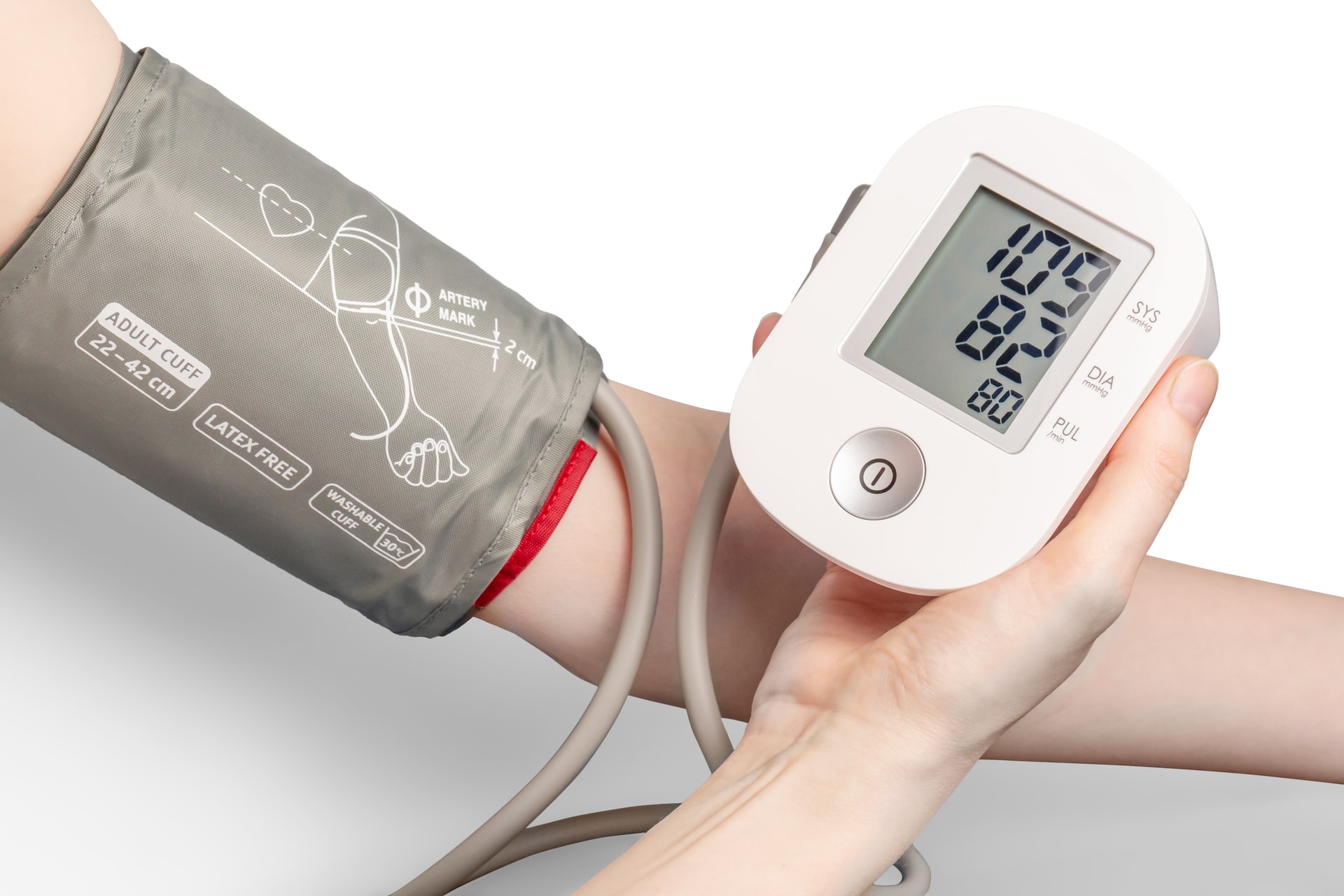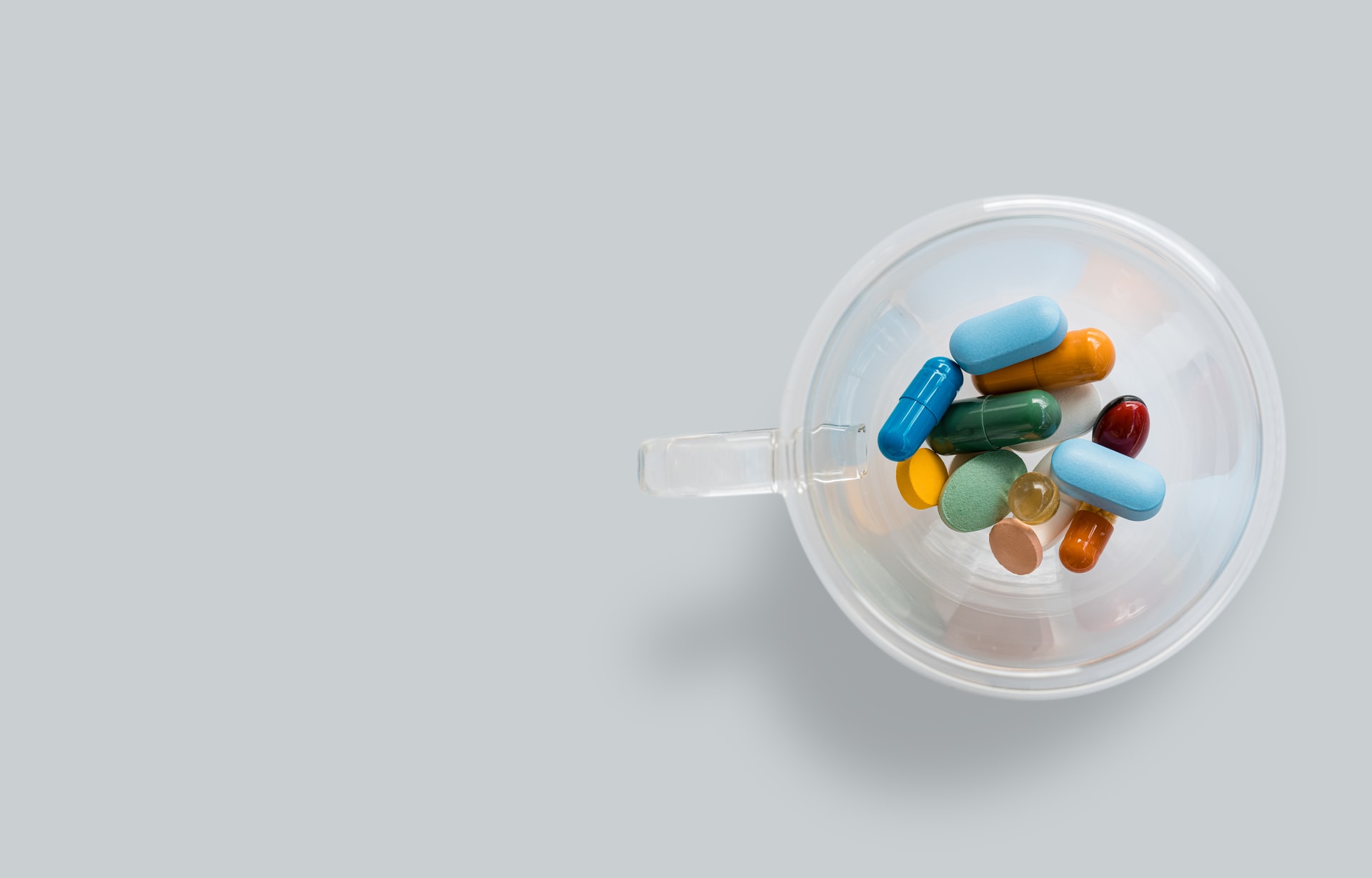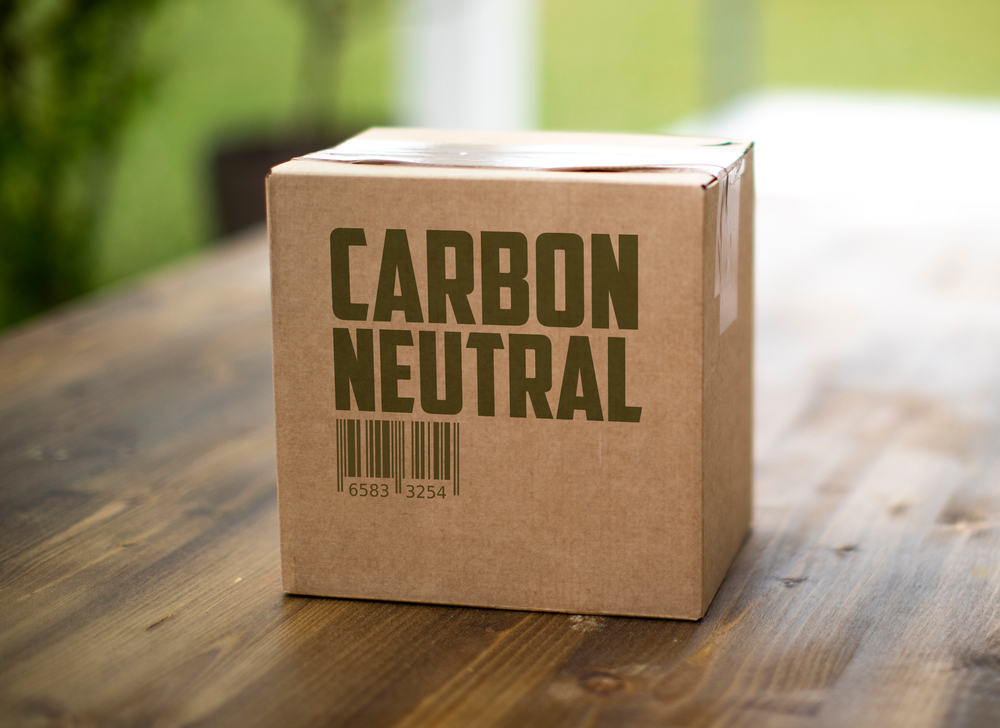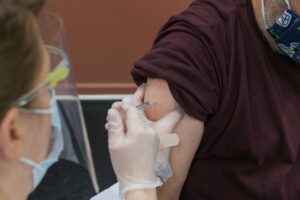Reading Time: < 1 minutes
- Human blood is made up of Red Blood Cells (RBC), White Blood Cells (WBC), Platelets and Plasma.
- Out of these four, plasma constitutes 55% of the blood and is liquid whereas the other components constitute the remaining 45% and are solid.
- The word ‘convalescent’ means recovering from an illness or a medical treatment.
- When a pathogen (disease-causing organism) attacks/enters a human body, the immune system produces proteins to fight the infection; these proteins are called antibodies.
- These antibodies are present in the plasma of a ‘convalescent’ person, whom the pathogen had attacked.
- Since these antibodies recognise the pathogen, they are believed to create passive-immunisation (immunisation created from ‘loaned’ antibodies and not by own body), which can help the infected person fight the infection.
- Plasma therapy is not new to medical science and has been effectively used in some cases against SARS, MERS and H1N1 viruses.
- Recently, there have been some developments that suggest that Convalescent Plasma Therapy (CPT) may help some patients recover from COVID-19, but the evidence is not conclusive.
- Therefore, CPT is not yet recommended as the standard treatment for COVID-19, but clinical trials of this ‘experimental’ procedure are being carried out across various countries.
- The convalescent plasma transfusion is generally safe and well-tolerated by most patients.
- On the negatives, it might result (in rare cases) in allergic reactions or lung damage; it also carries the risk of transmission of infections such as HIV, Hepatitis B and C.
- Another drawback of this treatment is that it is not readily available and depends upon the willingness of the people, who are themselves recovering, to donate.
Image courtesy of Karolina Grabowska through Pexels


